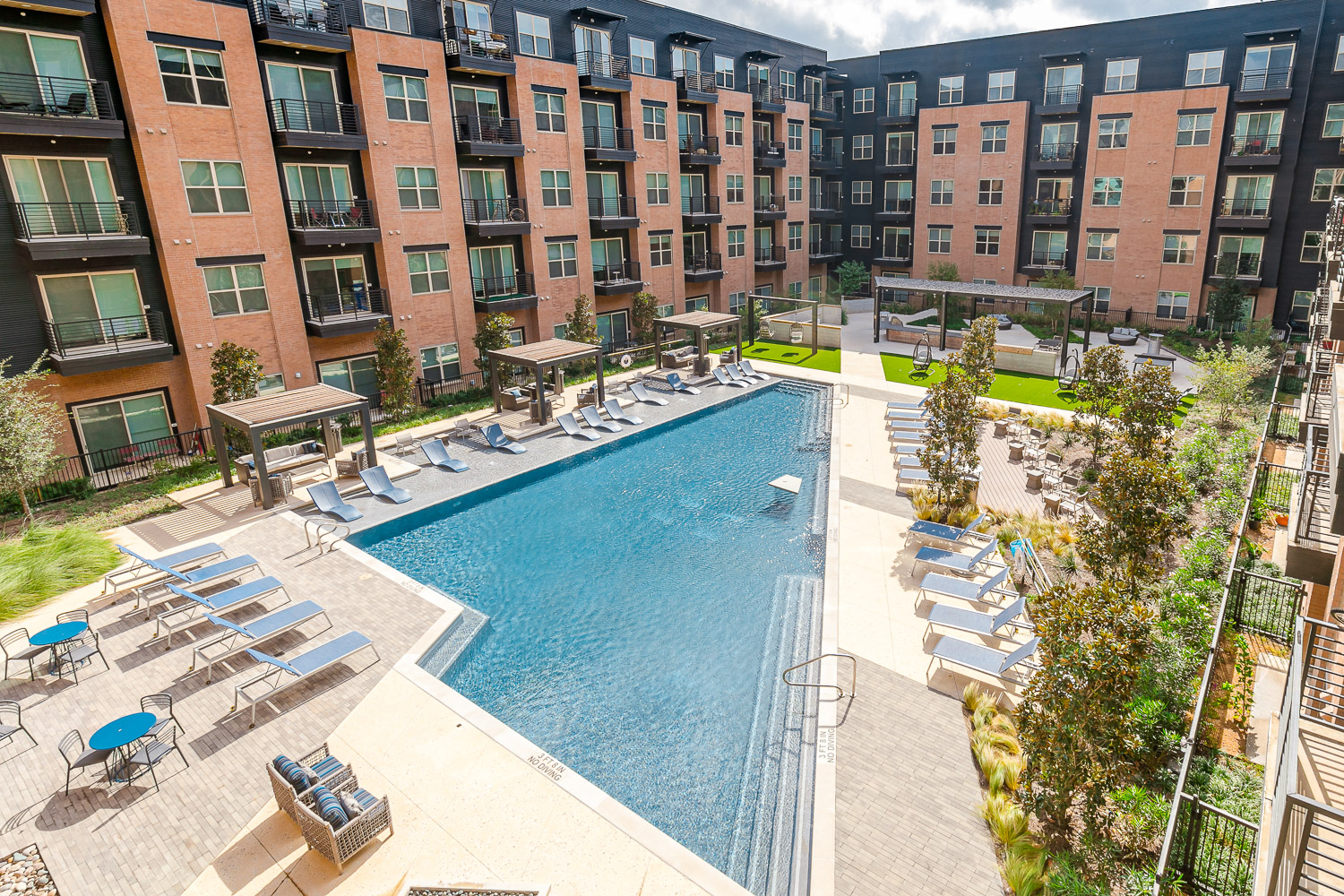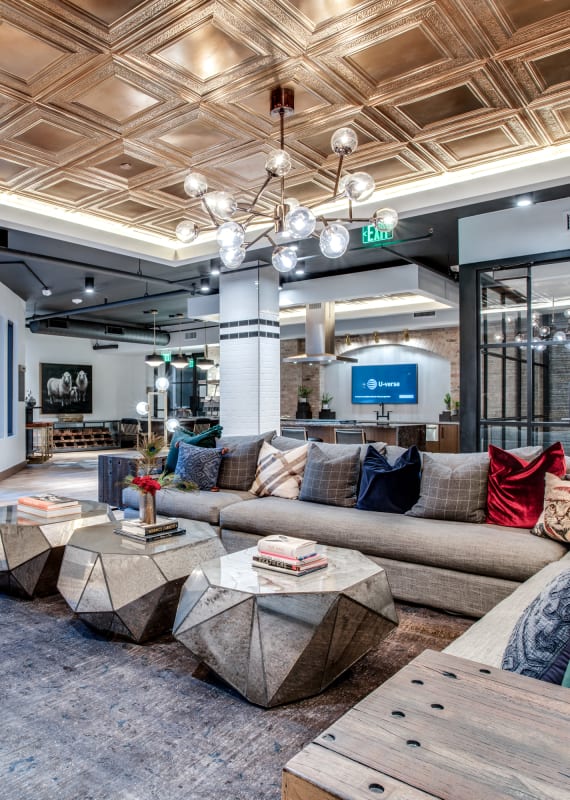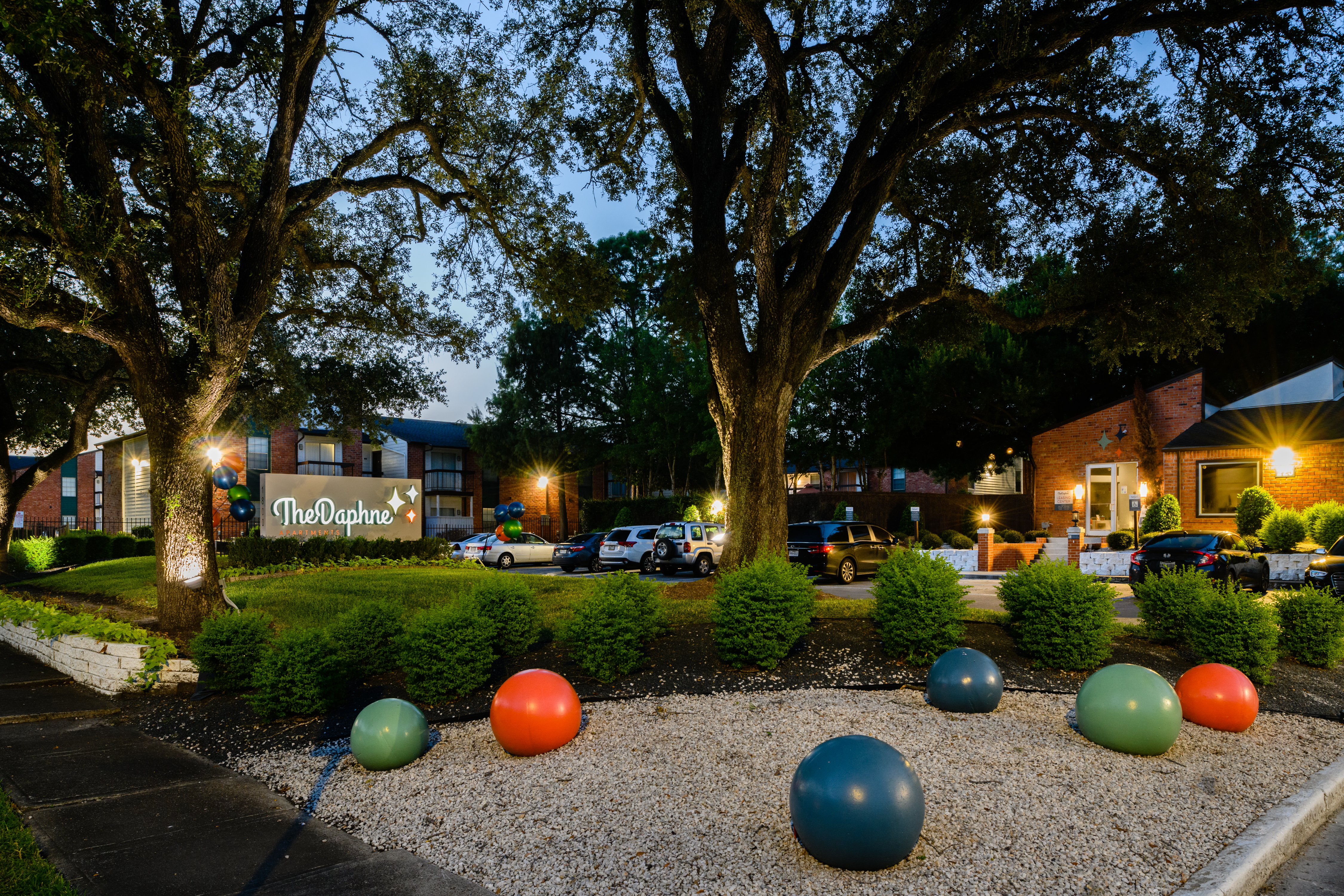3 Key Principles of Multifamily Real Estate Investment

These past nine years have seen an incredible increase in values across the entire multifamily spectrum. I would argue that it is hard to find people who lost money in the space during this time frame.
To date, we have acquired approximately 4,000 apartment units (13 properties) and currently own about 3,500 units (11 properties). The return on investment on the properties we sold was astronomical (104.15% IRR and 76.90% IRR, both after a 3-year hold). The projects that we continue to own deliver exceptional cash flow from 4% to over 30% annually of the initial capital invested (even after complete capital repayment). Out of the $87M of invested equity, we have returned over $33M with most of that originating from cash flow and refinances. In retrospect, we should have acquired more properties in 2010 to 2014 as the market is very different today.
We are experiencing the “renting nation” phenomena that should persist for the foreseeable future as population growth continues to occur in our markets and home mortgage underwriting continues to be quite stringent. Many factors play into the resulting appreciation in Class B and C apartments. High construction costs make it too expensive to build workforce housing, low interest rates have made it inexpensive for buyers to finance acquisitions, and investors prefer investments that provide cash flow with capital appreciation versus capital appreciation only. Class B and C apartments fit the mold perfectly.
We love multifamily because there is always an opportunity available.
We have three pillars of our business: cash flow, location, and community building. I will expand upon each below and share what we're seeing in the market.
Repeat After Me: CFIMITYM (Cash Flow Is More Important Than Your Mother)
Cash flow is the most important thing in the apartment investment business. I learned early in my career that businesses only fail when they do not generate or fail to raise cash. If you never run out of cash, you will never go out of business. We believe this whole heartily and focus on cash-on-cash returns as our primary objective in any investment. Depending on age, location, and renovation; our goal is to reach a 6-10% cash on cash return at stabilization. Given our conservative underwriting, we have drastically overachieved this in most situations.
My goal in getting into the multifamily industry was to generate cash flow. Investing in multifamily is a great vehicle for creating distributable cash flow. When we buy something that returns 6-10% per year with depreciation shielding the cash distributed from almost all of the tax burden, it is an investment we want to keep. The only reason to sell one of our properties when it is generating good cash flow, which is substantially if not all tax-sheltered, is if cash is needed for another project or because we believe that we have gotten as much as we can expect out of this project and can find another project that we can invest in and stabilize. This is exactly what transpired in my first investment, Forest View, which we acquired in 2010. We updated the property, stabilized it and sold it for a very attractive price in 2013.
Location, Location, Location
When I started my business, I read a great book called “The Next Hundred Million: America in 2050” written by Joel Kotkin. This book helped me develop my investment thesis. The premise is that there will be 100 million more Americans in 2050 and they will be living in cities like Houston, Dallas, San Antonio, Atlanta, etc. These cities have the land to grow and provide a reasonable cost of living. I agree that these people will need places to live and that the good locations (strong jobs, schools, employment) will only become denser over time. It is no secret that people want to live near the action.
After stabilizing Forest View, we bought Oak Lawn Heights in Dallas, and three properties in Houston all needing substantial reinvestment and stabilization. Then in 2013, we bought Park at Voss, the largest financial investment we had ever made; which we thought was the perfect investment. It could return a solid coupon as well as be in a strategic location where the land value would appreciate. There was solid cash flow on the front end at 6%+ and an opportunity to increase that through updating the project. Since acquisition in 2013, we have increased the effective rents there from $778 to $964 per unit per month.
We also noticed that there was a significant rent spread in certain submarkets because of the age ranges for the properties. For instance, the Woodlake submarket (where Park at Voss is located) does not have any properties built in the 1980s or 1990s. The rents of $778 when we purchased it were competing with a Class A property next door that was renting for $1,500. That is a huge rent spread. So our plan was to upgrade the property and take advantage of the large gap to increase rents. As older properties in these good locations get demolished for redevelopment it lowers the number of available non-Class A units in the submarket and increases the demand for those that are left.
We focus a lot of our time on understanding location metrics. Projected household growth, household income, home values, education levels, schools, retailers, jobs, parks, museums, religious institutions, etc. Everything is taken into account. Going through this level of analysis helps us determine future rent growth and hidden opportunities. The future is hard to predict and we want to own real estate in locations with positive metrics that we know will appreciate over the long term, even if the short term is rough.
Building Communities
The most meaningful non-financial benefit of our business has been building community. It is personally fulfilling that we get to improve people’s lives in a tangible manner. There is no better business where you can get paid for making people’s lives better. There is so much we do as an apartment owner that directly affects our residents. Things like attentive maintenance, resident events, and security can make their experience wonderful. We focus on these things and “Building Communities” is the core tagline of our company. I gain a lot of positivity with the physical improvements that occur at the properties and activities hosted for our residents and their children. By creating a healthy residential community, we help children grow up safely and avoid gang activity or other destructive paths. I also appreciate that our properties serve a wide spectrum of ethnicities that represent the broad working population.


